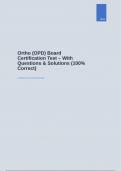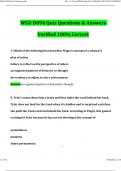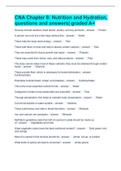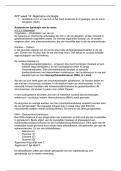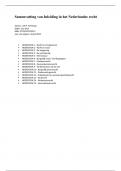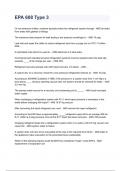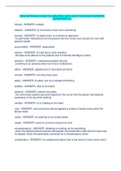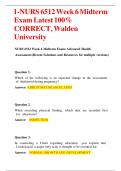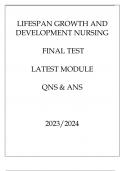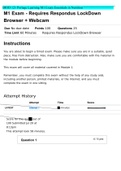Exam (elaborations)
Ortho (OPD) Board Certification Test – With Questions & Solutions (100% Correct)
- Course
- Institution
Ortho (OPD) Board Certification Test – With Questions & Solutions (100% Correct) Ortho (OPD) Board Certification Test – With Questions & Solutions (100% Correct) What anatomic abnormality may predispose a person to develop impingement syndrome or rotator cuff tendonitis? - ANSWER - o In gen...
[Show more]
